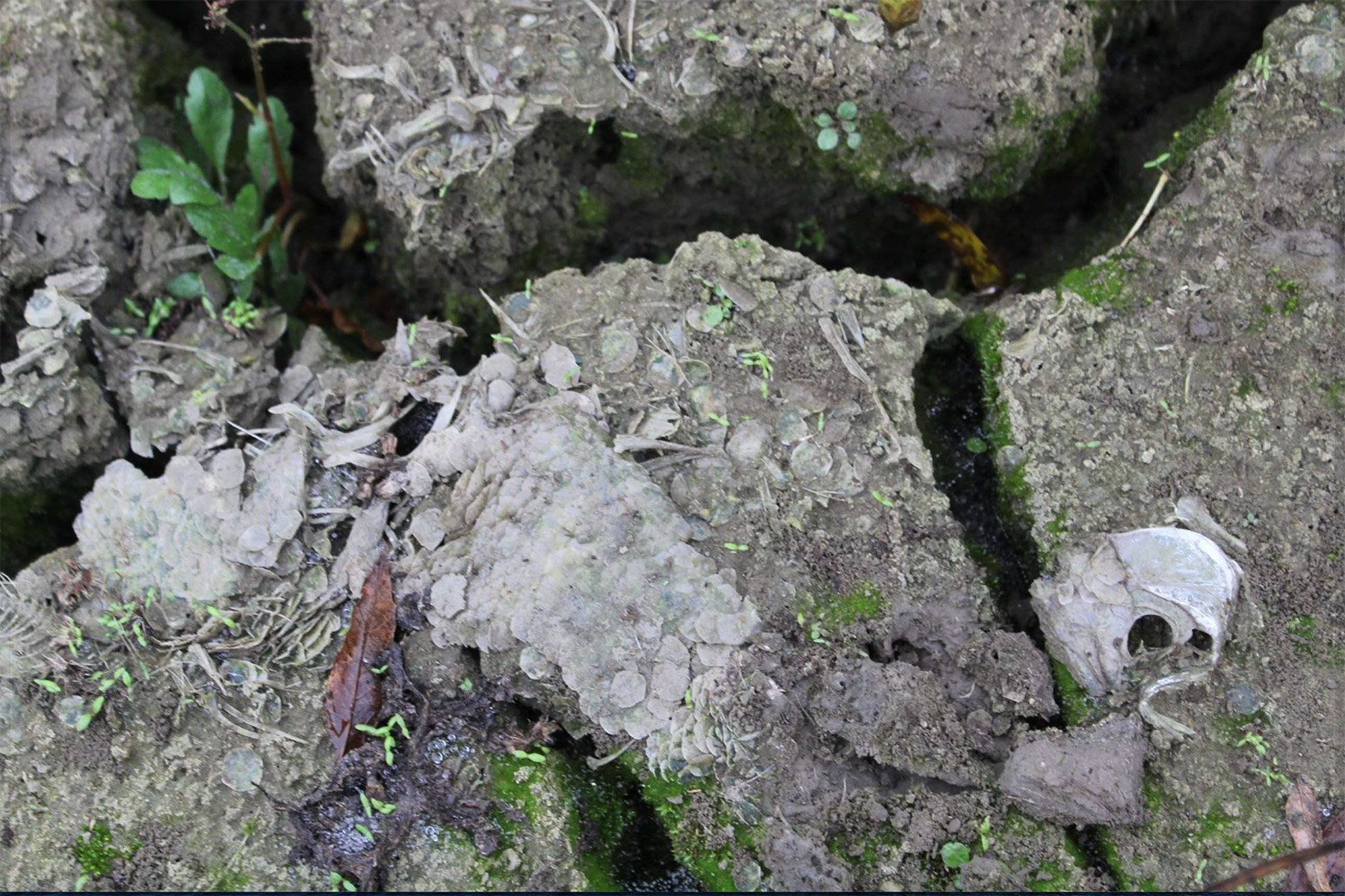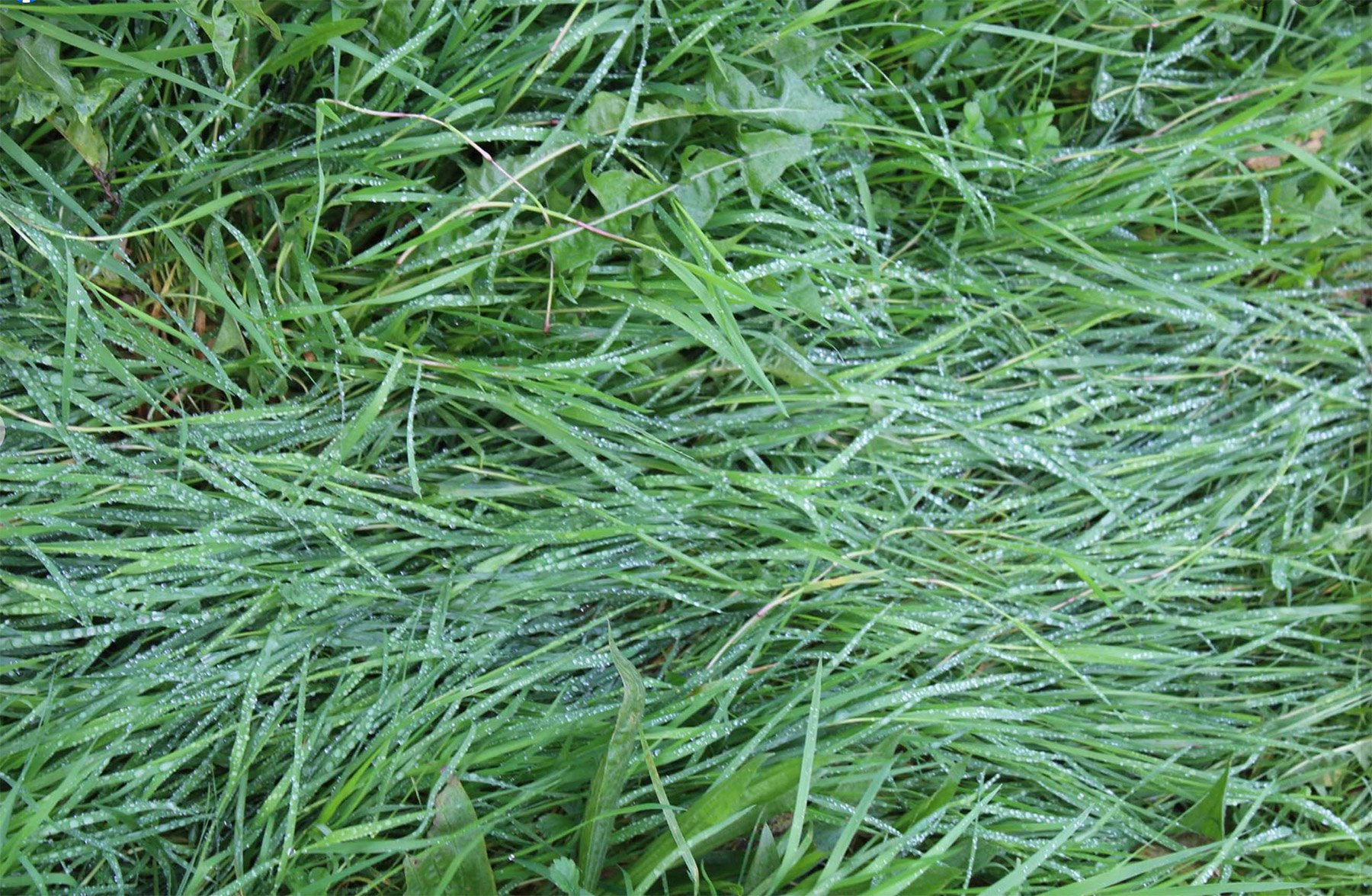When Water Was Wata
“The Life and Death of Water Between the Cracks”
By Yrneh Gabon 2021
I once lost a bet as a naive child. I’d boasted that I could eat a hot pepper. It was the Scotch Bonnet variety, which is particularly fiery. I’d put some sugar in my pocket, which I must have expected to be an antidote to the ripe pepper. Under the watchful eyes of my cousins, I held the pepper to my mouth and bit into it. Instantly, there was a shocking sensation shooting up my nose straight to my brain. Immediately, tears came to my eyes. I completely forgot the sugar. I started fanning my mouth with both hands, stamping my feet, and bawling out, “Wata, Wata, wata!” It took several cups of water to relieve the pain in my mouth. And my belly literally expanded and hurt from all that water. Several years later, I could still taste the fire in my mouth.
As a small boy growing up in a village outside the city of Montego Bay, Jamaica, I carried a bucket of water on my head up a hill every day. It was no fun – just part of life for us children. Since those early days, I’ve had the opportunity to learn about water management in many countries. Some people have little or no access to drinking water. Others have far too much. In 2015, my interest in the study of water grew during a long statewide drought in California where I now live. The city of Los Angeles actually paid residents to dig up their lawns and get rid of plants, because of the low level of the Colorado River.
Photo by Ousmane Gay Fr.
Then, in 2017, I visited the French countryside of Anges, Anjur on a climate change assignment I’d started in 2015. I wanted to investigate why many of the lakes were drying up. There, I found a large inactive lake with absolutely no water. The bed was cracked, and the dried earth was littered with the remains of dead fish and other bones. A small canoe about ten feet long was lodged in a tree about six feet high. It reminded me that the lake was once teeming with aquatic life. Surprisingly, there were green plants flourishing between the cracks. The contrast was stark: fish fossils and vibrant vegetation.
Photo by Yrneh Gabon Fr.
Photo by Yrneh Gabon
On my visit to Anges, I was the guest of Monsieur Diop, an artist from Senegal. My first morning, as I looked out my window, I saw in the mist the barely visible outlines of what seemed like a small monument, illuminated by the glow of sunrise. Intrigued, I was soon standing on the edge of the stone monument surrounded by an untamed blue garden. I was focused on my camera and tripod. I was interrupted by the faint voice of my host who was cautiously approaching. Our eyes met and he gestured for me to retreat carefully.
With a long stare of relief, he said, “This is the largest well in Anju.” I realized that I had been standing over water. He reached for a small rock, pushed it through on opening and we waited for it to hit the water. When it finally did, we started walking back to the house. He calmly said in a tone both serious and humorous, “This would have been your last permanent address.” Reliving this experience still leaves me thinking how fortunate I was to have escaped a watery grave. But it was not my time. As we say in Jamaica, “Man born fe dead by stone caan dead by stick.” (A man who is destined to die from the blow of a stone cannot die from a stick).
What do rural France, California and the island of Jamaica have in common? Ecocide! We are facing the unprecedented challenge of social and ecological climate change that is depleting water supplies across the globe. I believe that the study of water is of great importance now, more so than at any other time in the history of mankind. We must urgently re-educate ourselves about the need for water conservation if we are to survive.
Image taken from Jamaica Gleaner
My island home is vulnerable to the ravages of climate change, despite its many rivers, streams and even healing waters with blazing fire that floats to the surface. In a report on Jamaica the Encyclopedia of the Nations website notes that, “Coastal waters have been polluted by sewage, oil spills, and industrial wastes. Another major source of water pollution has been the mining of bauxite, which has contaminated the groundwater with red-mud waste. Another environmental problem for Jamaica is erosion and deforestation. Forest and woodland decreased 7% annually between 1990 and 1995. Jamaica's coral reefs have also been damaged.” I am deeply troubled by this report. Jamaica, traditionally known as the land of wood and water, is now suffering from severe water shortages. The beauty of my island home is now compromised. But what remains still leaves me breathless. Whenever I return to her shores, I surrender to the comfort in the bosom of nature. Water evokes a deep spirituality within me that often brings me to the edge of tears beyond explanation.
As I reflect on my personal history with water, I know that I have developed a love and respect for this element that takes me back to my humble beginnings when water was wata. And the elders claimed that it had mystical powers. I have always been inspired by water drops of rain like a diamond from the skies; dewdrops on a blade of grass; trickles from a spring; a bucketful from a well; green rivers snaking along the banks of farm-lands, through hills and valleys, destined for the blue Caribbean Sea. I celebrate water as the mother and a giver of life, flowing, healing and free.





